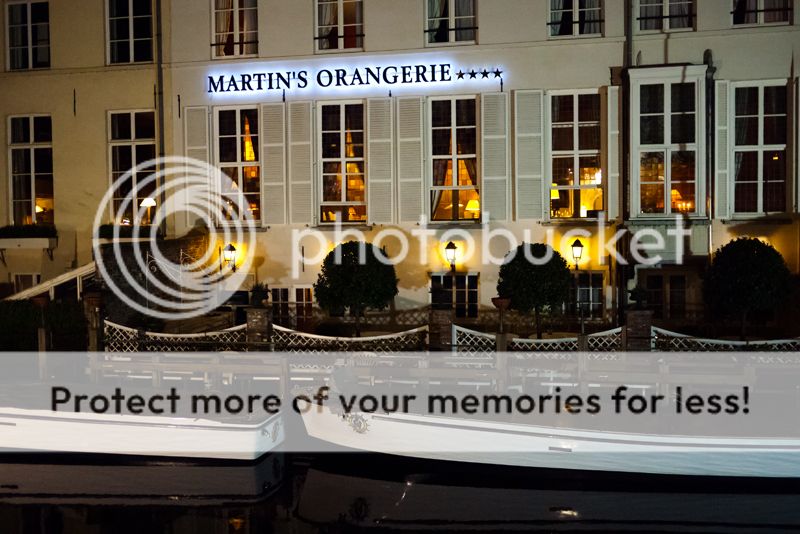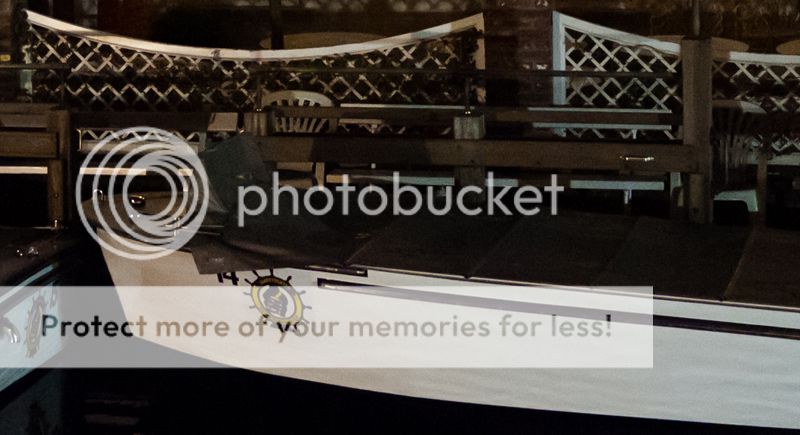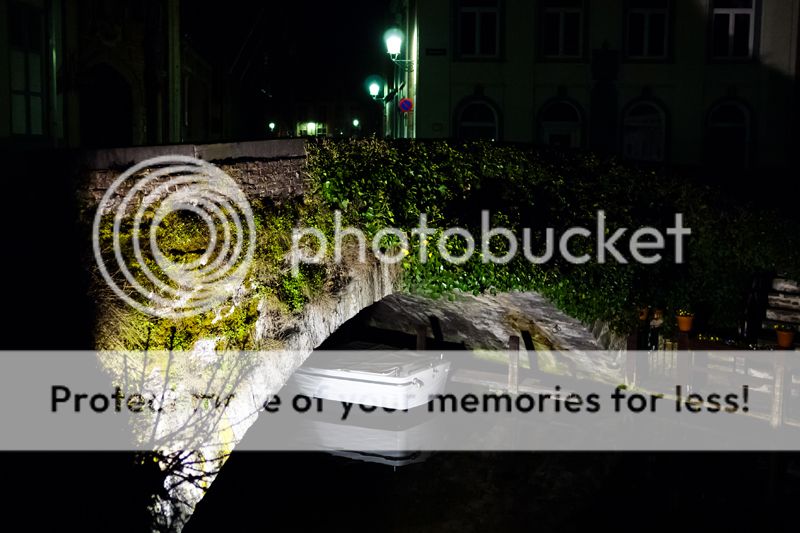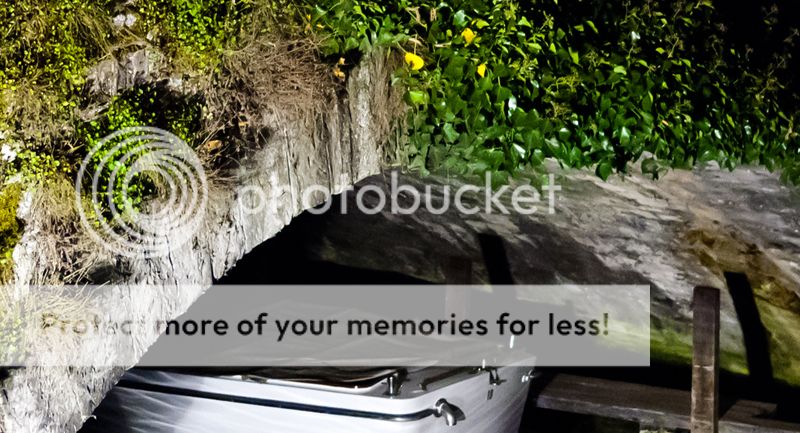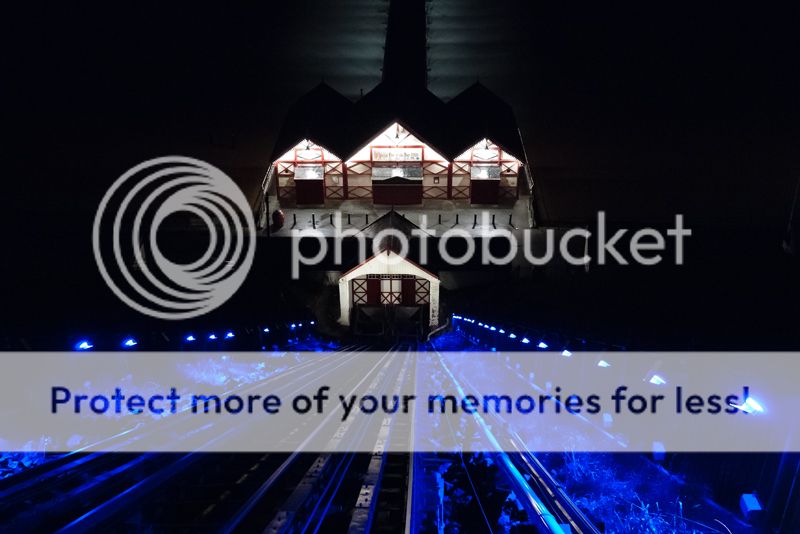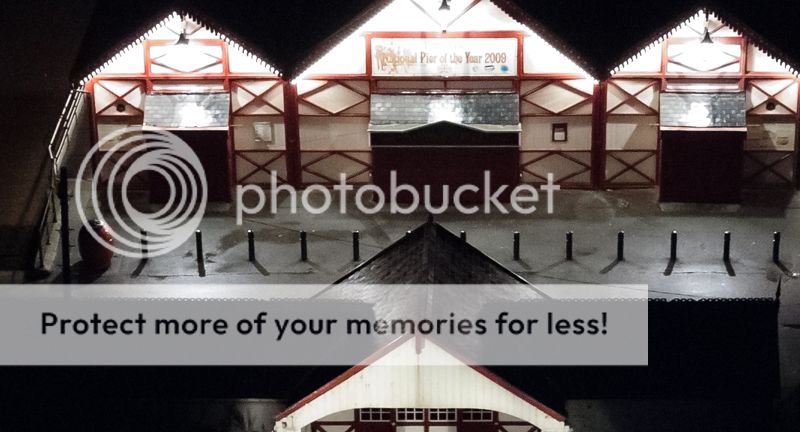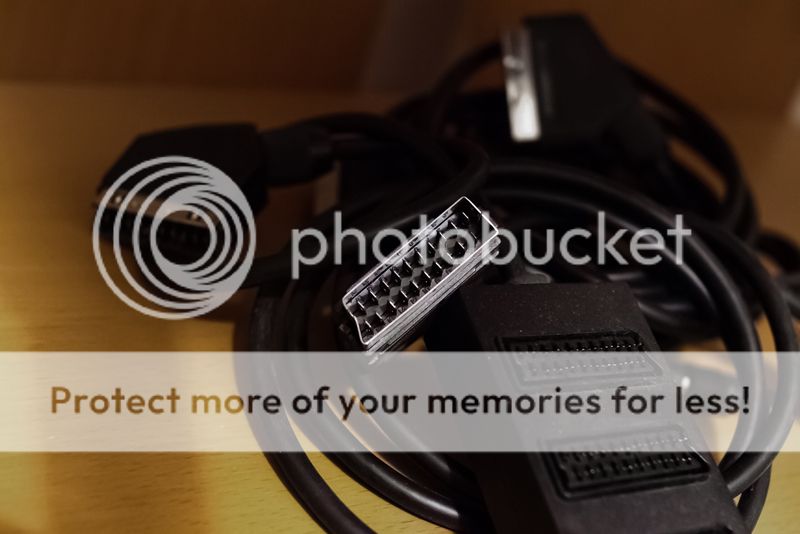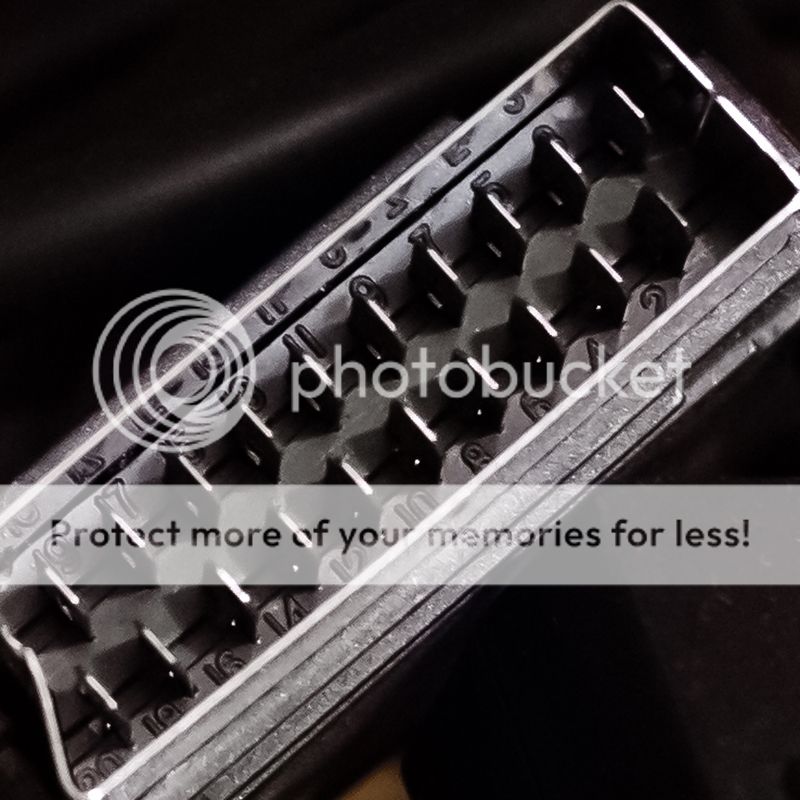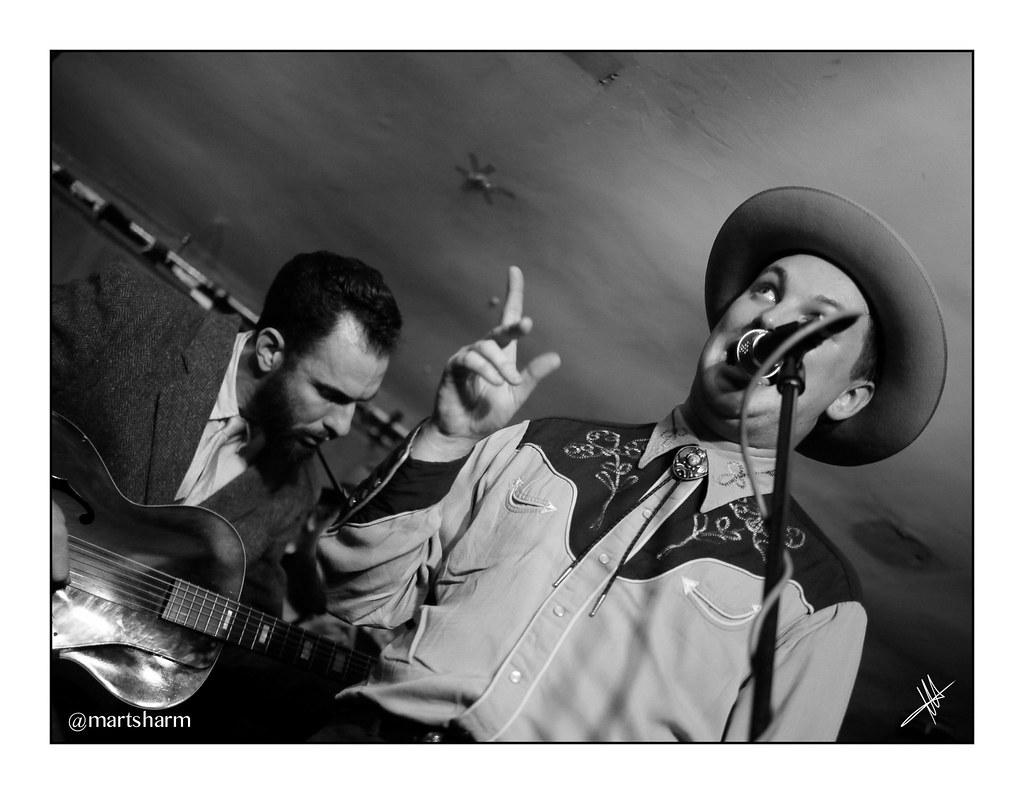- Messages
- 42
- Edit My Images
- Yes
This is a bit old now and above ISO400 it's very noisy but apart from that I find it the perfect everyday camera and it's been a loyal companion. I'm therefore looking to upgrade to something similar. I can get a good s/h GX1 for under £150 which will leave me enough for a long lens. Alternatively, I could raid the piggy bank and get a GX7 (hopefully cheaper now that the 8 is out). Olympus bodies are another option but I'm not at all familiar with the range. There's also the Panasonic GM series. Please help me decide!


